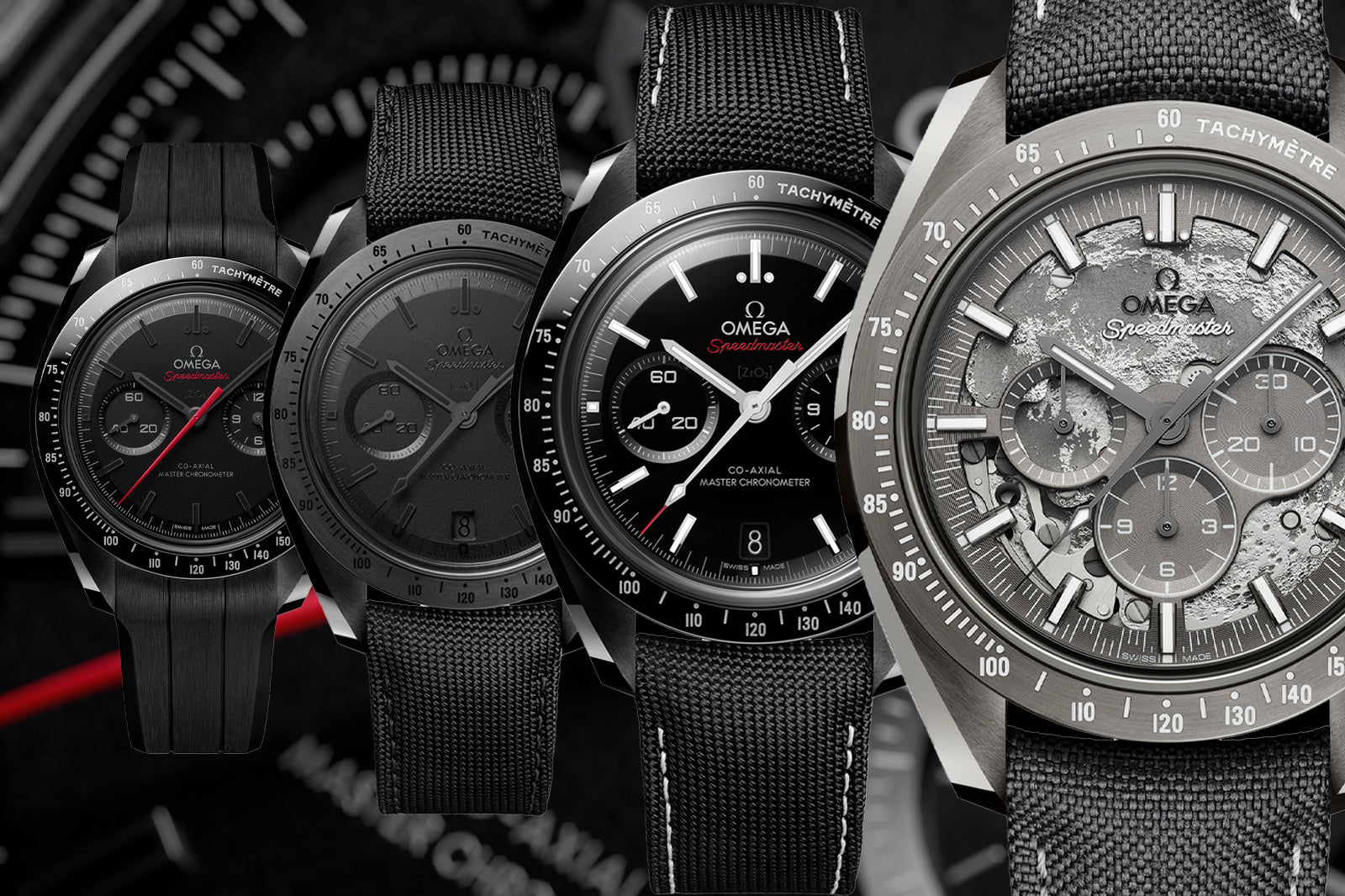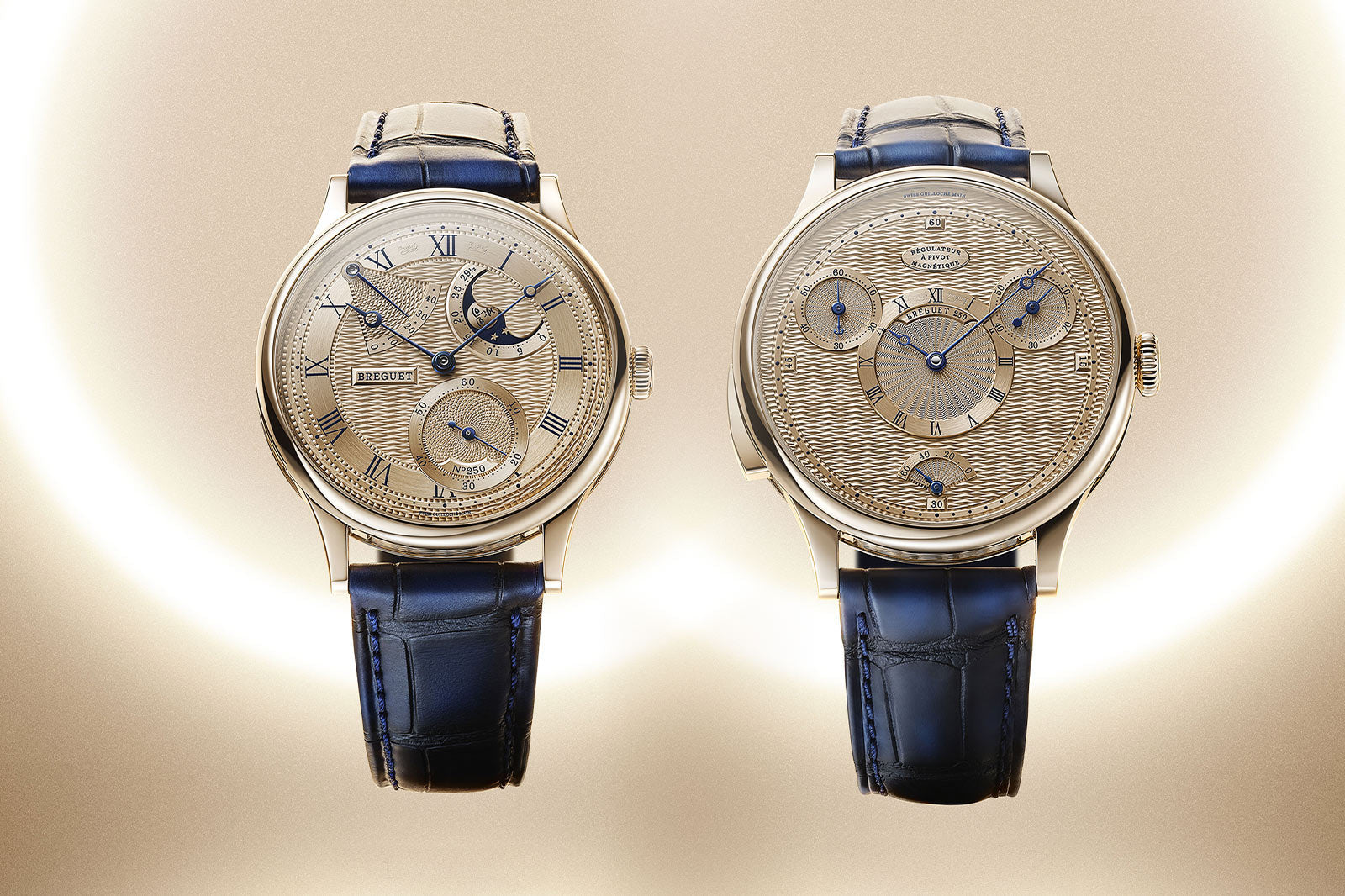The Swiss Watch Market faces a generational reset: From heritage to hybrid futures
Intro
The 2025 Deloitte Swiss Watch Industry Study paints a picture of transformation. The traditional Swiss timepiece—once a universal symbol of taste and precision—is facing a major generational shift. Smartwatches now dominate the wrists of younger consumers and women, while the number of people wearing a mechanical or quartz watch continues to decline.
At the same time, 58% of global buyers say they wouldn’t spend more than CHF 1,500 on a traditional watch. The market is becoming price-sensitive, pragmatic, and increasingly selective.
1. A Global Slowdown Hits Luxury Watches
Persistent geopolitical tension and rising inequality have weakened purchasing power worldwide.
The impact is evident in Swiss export numbers and in the latest blow to the sector, which is the 39% import tariff imposed by the US on Swiss watches in August 2025. To absorb the cost, several brands increased U.S. retail prices (some by up to 15%), but the timing is risky.... U.S. consumption growth slowed sharply, from 4% at the end of 2024 to only 1.2% in early 2025, according to Deloitte’s Financial Well-Being Index, which dropped from 105.5 to 98.6 over the same period.
Meanwhile, smartwatches, produced mostly outside Switzerland and priced similarly to entry-level Swiss quartz or mechanical pieces, have become the new mass-market rival.
2. New growth frontiers: India & Mexico!
As mature markets tighten, emerging economies are gaining strategic importance.
- India’s watch imports increased by 7% between January and August 2025, and by 30% in two years, reflecting the expansion of a young, tech-savvy middle class
- Mexico, now the 15th largest destination for Swiss watch exports, saw median wealth rise by 12.5% in 2024. Local demand for both traditional watches, whether mechanical or quartz (62%), and smartwatch models (69%) is robust
Unexpectedly (at least for me), these regions now represent some of the most dynamic opportunities for Swiss brands.
3. Market polarisation and pressure on the supply chain
Executives across the watch industry remain confident in the ultra-luxury bracket (> CHF 50,000), yet pessimistic about the entry- and mid-range segments. Roughly 60% expect negative performance in those segments. We tend to think the industry is doing well because of the main players (Rolex, Cartier, Omega, etc.), but obviously, this is not the reality for all, and the reasons are clear:
- Geopolitical uncertainty and trade barriers (e.g., US tariffs)
- A strong Swiss franc, hurting export competitiveness
- Gold prices are up by an astonishing 44.5% year-on-year, inflating production costs that will eventually impact final retailers' costs and end-users too
Among component suppliers (movements, dials, etc.), the tone is even more cautious. Over 70% reduced investment, and two-thirds resorted to partial unemployment, which is effectively jobs being cut. Yet most are redirecting efforts toward automation using AI, robotics, and Industry 4.0 technologies to safeguard efficiency and margins in this volatile market.
4. A rational, price-conscious buyer is the new norm
The post-pandemic buyer is more analytical and less impulsive. Nearly 6/10 consumers cap their spending at CHF 1,500, while only 5% globally are ready to spend over CHF 50,000, except for China (16%) and Hong Kong (18%), where luxury appetite is always strong :)
The pre-owned market, or grey market as many call it, keeps expanding: 31% plan to buy second-hand, a trend led by millennials (40%) who cite price as the top motivator (53%, up from 44% in 2021). Instagram and social media as a whole have surely a lot to do with this.
Traditional watch wearing has dropped to 26% of consumers, down from 46% in 2020, but interest in owning one persists. More than half (54%) still intend to buy a mechanical or quartz piece, nearly matching the 53% planning a smartwatch purchase. Watch enthusiasts often underestimate the rise of smartwatches, assuming their impact is smaller than it actually is.
5. Retail is changing, although ADs keep winning against boutiques
Despite digital progress, physical stores (Authorised Dealers aka ADs) remain the preferred channel for over 60% of buyers. Multi-brand retailers like Bucherer or Rabat (38%) outperform single-brand boutiques (23%), probably because they are allowed to do discounts, though the overall drop in foot traffic and higher operational costs, especially in Switzerland, are squeezing their profitability.
Online sales continue to rise, driven mainly by price comparison (51%) and 24-hour accessibility (44%), yet I do not see this in the ultra-luxury segment and more in the 5-25k CHF/€ range.
6. Nerbezel's take: Reinvent or die
The 2025 landscape reveals an industry under pressure yet full of opportunity. Heritage and craftsmanship remain the foundation of Swiss watchmaking, but they are no longer sufficient on their own. The future will belong to brands capable of combining tradition with innovation, emotion, and technology to create a richer and more connected consumer experience.
The irony, however, is striking: the more digital our world becomes, the more people seem to crave something tangible and enduring. Swiss watchmakers are uniquely positioned to meet that desire, but they must evolve beyond nostalgia. The emotional power of a finely made watch still matters; it simply needs to be expressed through the lens of today’s culture, where technology, storytelling, and individuality coexist.Brands, Authorised Dealers, and boutiques and all players in between will need to understand this.
The challenge ahead is not merely to preserve legacy, but to reimagine relevance. Those who manage to reinterpret the meaning of time for a generation that no longer measures it the same way will define the future of Swiss horology.
______________
This article was written after a thorough review and interpretation of insights from the 2025 Deloitte Swiss Watch Industry Study. This eleventh edition of the Deloitte Swiss Watch Industry Study is based on a survey conducted between June and July 2025 among 111 industry executives and several industry experts. At the same time, Deloitte surveyed 6,500 consumers in the main markets for Swiss watches: Switzerland, China, the United States, Europe, Japan, India ,Singapore, and the United Arab Emirates.




Leave a comment
This site is protected by hCaptcha and the hCaptcha Privacy Policy and Terms of Service apply.